Berlin Airlift Veterans Remember 60 Years Ago
(Click to enlarge)
 Air Force Staff Sgt. Dub Southers poses outside a Celle Air Base barracks during a break in his Berlin Airlift duties. Courtesy photo
Air Force Staff Sgt. Dub Southers poses outside a Celle Air Base barracks during a break in his Berlin Airlift duties. Courtesy photoBerlin Airlift Veterans Return to Germany for Anniversary
By Air Force Staff Sgt. Julie Weckerlein
Special to American Forces Press Service
WASHINGTON, June 27, 2008 - For 50 years, Dub Southers recalled the grueling hours he worked at an air base in northern Germany at the start of the Berlin Airlift, not the historical significance of what he helped to achieve as a flight engineer and crew chief.
He remembered well the coal being shipped in from local coal fields, the 196 missions he flew over Berlin and being a 20-year-old Air Force staff sergeant keeping the C-54 Skymaster aircraft flying. "Coal was our basic cargo," said Southers, now 81 and living in Texas. "Occasionally, we flew flour, but I can't recall anything other than coal."
It wasn't until 1998 that Southers started really thinking about the importance of the airlift mission, which lasted from June 1948 to May 1949 and provided vital resources to the German city cut in half by Soviet rule, he said.
As the anniversary approached, he asked his daughter to search online for activities happening in Berlin. Her search found the Berlin Airlift Veterans Association, and he became its secretary.
He ended up visiting Germany that year for the 50th anniversary, and he and seven other association members have returned to take part in 60th anniversary observances.
They will re-enact the first flight of the airlift, he said, and visit the memorial at Rhein-Main Air Base, get on a C-47 and fly the corridor from Frankfurt to Templehof Air Base in Berlin, where there will be another memorial service.
"I was amazed [in 1998] how much progress had been made in the Western sector of Berlin, and how little had been made in the Eastern Zone at that time," he said. "By the time I went again in 2004, it was better, though, and quite a bit more had been done."
In November 1948, Germany was much different. Southers arrived at Celle Air Base from his duty station at McChord Field, Wash., as part of the initial group of airmen sent in for the airlift mission. The Memphis, Tenn., native said he couldn't believe the amount of fog that blanketed the area.
"That was really surprising to me," he said. "It was actually a very nice area. After a few months, when we had enough people, we were allowed to go off base into the town, where there were actually some good places to eat and catch a show." The area hadn't been bombed. "I heard that the British monarchy actually owned a castle in the area," Southers said, "and they didn't want that destroyed."
Those short trips to the city were a brief respite from the busy work hours that dominated Southers' time at Celle Air Base. The base was located near coal fields, which were connected to the base. A platform was built right onto the bays along the flightline so the coal could be stacked and supplied to the aircraft right away.
The team of airmen was very short of personnel, especially mechanics, Southers recalled.
"When I first got over there, we were working around the clock, 12 [hours] on, 12 off, seven days a week. They eventually hired local German aircraft mechanics who worked alongside us. I remember them being very good, as they were older and more experienced."
Southers returned to the United States in July 1949. He left the military after three years, earned a degree in chemical engineering and settled down with his family. He now works as part-owner of a small software company.
"I didn't even think about [the Berlin Airlift] much," he said. "I'm not even sure that my family knew I was involved in it until a few years before the 50th anniversary. Of course, the history books didn't have much about it either."
He said by observing the anniversary and remembering the 31 Americans who died in aircraft accidents during the mission, Americans learn about the importance of the Berlin Airlift.
"At this point, I'm very proud of being a part of it," he said. "I know that we affected history big-time. We call it the first victory of the Cold War. Because of the Berlin Airlift, Europe is free. All of Europe would have ended up communist if we were run out."
He said during his first return to Germany, Germans actually approached him with appreciation.
"We were wearing caps that identified us as Berlin Airlift veterans, and I don't know how many times we were stopped and thanked for what we did," he said.
He also pointed out that the Air Force today and the way it does business is shaped by the Berlin Airlift mission.
"The cargo aircraft today was designed based upon lessons we learned," he said. "At least, that's what they tell us. The technology has changed, but a lot about the airlift mission today is based upon what we learned back then."
Today's Air Force senior leaders agree the Berlin Airlift was a huge moment for the service.
"The Berlin Airlift was a seminal moment for airpower and a pivotal event in world history," said Gen. Duncan J. McNabb, the Air Force vice chief of staff, during a recent ceremony honoring another Berlin Airlift airman, retired Col. Gail Halvorsen, also known as "the Candy Bomber" for his drops of candy and chocolate for local children. "It showed the deep compassion of the American people and sent a message of hope and liberty to Berliners and to freedom-loving people around the world."
Southers said he does not feel like a hero, despite the pride he and fellow airmen share about their role in the mission.
"The real heroes were the German people in Berlin who suffered the things they put up with in the Eastern Zone," he said. "People just disappeared under the communist rule, because they were speaking out for freedom. We provided what they needed to get by. They are the ones who held out and persevered."
More information on the Berlin Airlift:
A beautiful presentation by the Department of Defense: http://www.defenselink.mil/home/features/2008/0508_berlin/index.html
Previous stories:
The Candy Bomber - http://gazingattheflag.blogspot.com/2008/05/face-of-freedom-col-gail-s-halvorsen.html




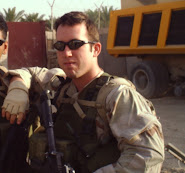










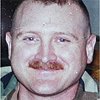



















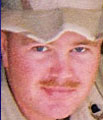
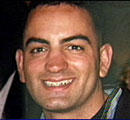





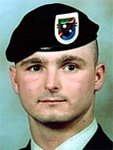


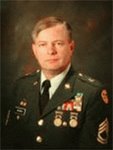

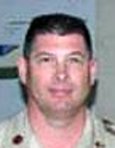
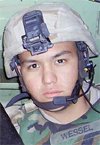
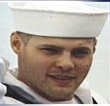





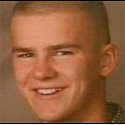



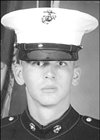
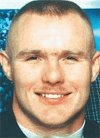
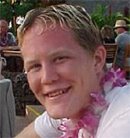






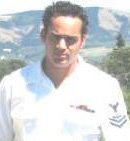

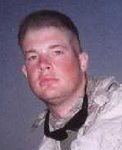
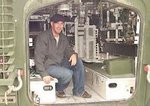




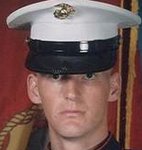
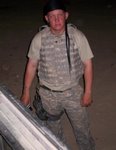
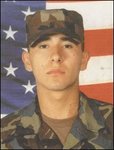


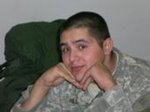
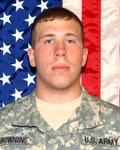






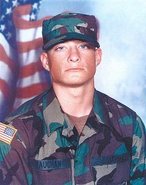
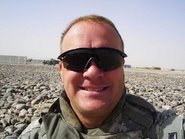
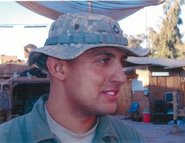
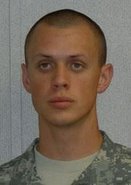
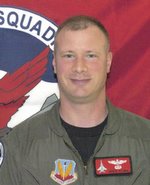
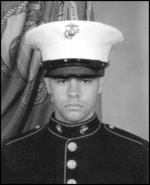
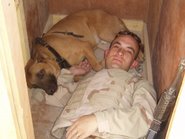
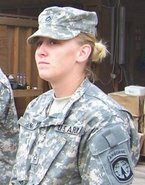

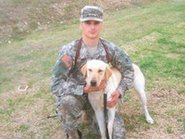

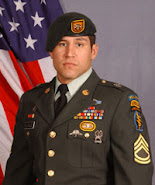

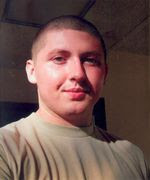



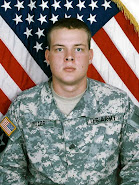
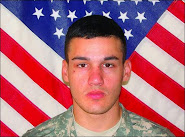



2 comments:
Thanks yet again, Cynthia!
FWIW... I have many more than a few hours in C-54s... as a passenger, of course. The C-54 was still a front-line trash-hauler when I went in service back in '63. Ooops! Gave it all away, there! ;-)
Those guys stood tall for us.
Post a Comment